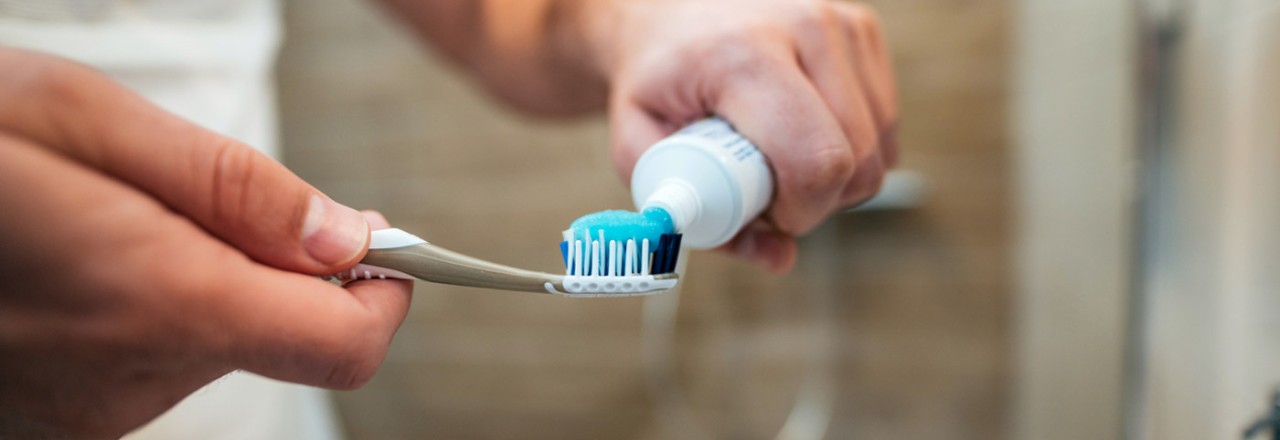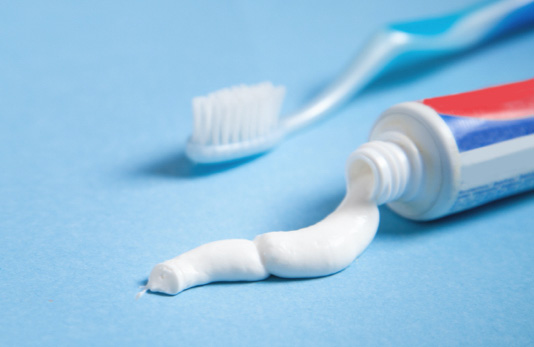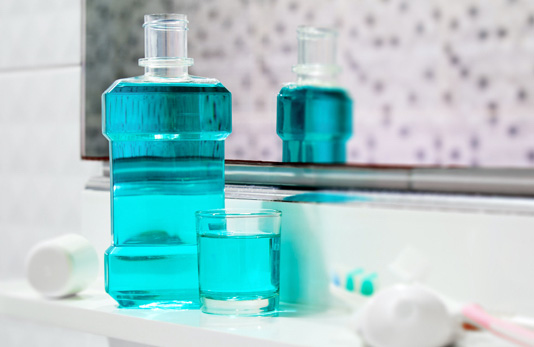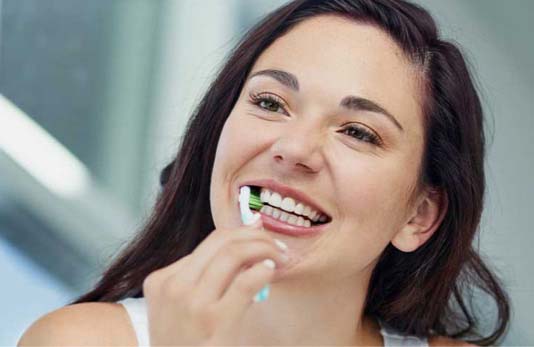What’s in your toothpaste? A look at 5 common ingredients

Over the course of a year, you’ll end up spending over 24 hours brushing your teeth. But in all that time, have you ever thought about what toothpaste is made of? Here’s a look at five typical ingredients and why they’re in your toothpaste.
Fluoride
This mineral is key to fighting tooth decay. Fluoride makes the enamel of your teeth harder and more resistant to acid wear. To make sure your toothpaste contains fluoride, check the list of active ingredients for sodium fluoride, sodium monofluorophosphate or stannous fluoride. Only these three forms of fluoride are recognized by the Food and Drug Administration for cavity prevention. And a little fluoride goes a long way: Most toothpastes contain only 0.15% fluoride ion, or 1,500 parts per million.
Glycerol
This ingredient keeps toothpaste from drying out, gives it a consistent texture and helps it glide smoothly from the tube. Although it can go by multiple names — glycerol, glycerin or glycerine — it’s all the same molecule. When it’s not used in toothpaste, glycerol can also be added to processed foods such as yogurt, pre-cooked rice and peanut butter.
Sorbitol
Sorbitol plays two parts: Along with glycerol, it helps hold the toothpaste together, and it’s also a sweetening agent. Unlike sugar, however, sorbitol does not cause cavities. It can also be used as a sugar substitute for people with diabetes.
Calcium carbonate
This common abrasive helps remove plaque, debris and surface stains. These abrasives clean the surface of your tooth. They’re the reason your teeth feel so smooth and clean after brushing. They can also help make your smile whiter!
Besides calcium carbonate, other types of abrasives in toothpaste include dehydrated silica gels, hydrated aluminum oxides, magnesium carbonate, phosphate salts and silicates. These abrasives are rough enough to get the plaque off, but gentle enough to avoid damage to your enamel.
Sodium lauryl sulfate
This ingredient is a detergent, creating a bubbly foam like in soap and shampoo. Sodium lauryl sulfate can cause mouth irritation and canker sores. If you suffer from frequent mouth sores and you suspect your toothpaste might be the cause, look for an SLS-free alternative.
Last updated February 03, 2022
Related articles:
The oral health information on this website is intended for educational purposes only. Always consult a licensed dentist or other qualified health care professional for any questions concerning your oral health.


